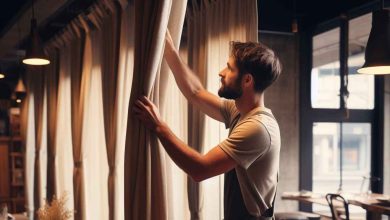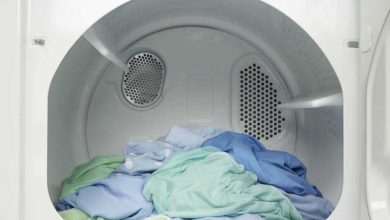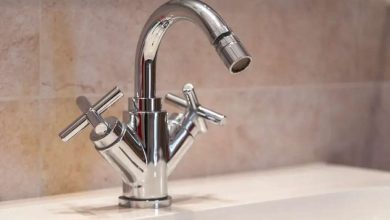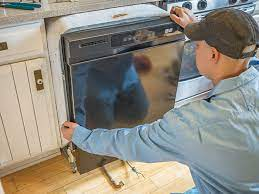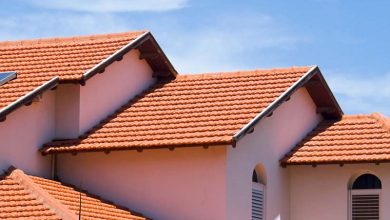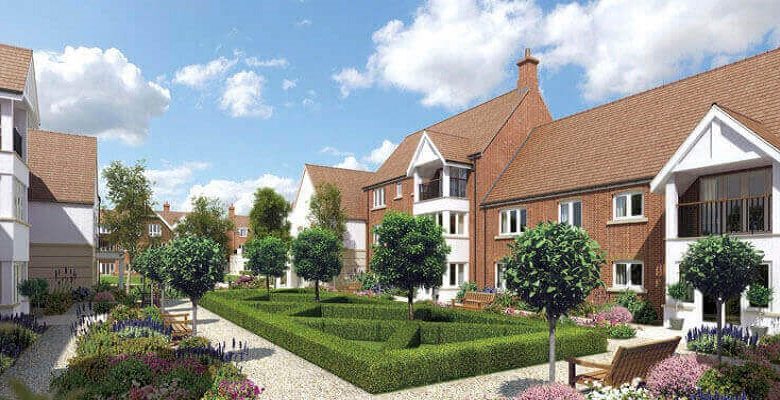
Sydney is a multicultural city and a phenomenal place to live. It is considered to be the world’s safest and friendliest city. More than 50% of the population in Sydney is aged between 65 – 69. Older adults in Sydney find it challenging to manage things like laundry, grocery shopping and bills. They prefer to live a low-maintenance and trouble-free life. They want an engaging social life but find it hard to make new friends. Retirement villages in Sydney are one of the best places for older people to live happy and peaceful lives. They are safe, well maintained and give a sense of security.
Retirement villages have become very popular because there is a rise in people over 50. There are various types of retirement accommodations that offer a range of services and facilities. People can choose one according to their needs and financial situations.
Types of retirement villages
Resident-funded village: Resident-funded villages are owned by a private sector or a non-profit organisation. Residents can purchase a villa or apartment in the community.
Donor-funded village: Donor-funded villages are owned by church groups or not-for-profit organisations. Entry into the community is restricted to the needy.
Types of retirement accommodations
Villas
Villas are designed for people who need little or no assistance to do their day-to-day activities. They want to be there to enjoy the benefits of living in a retirement village. They are spacious homes with a private garden or patio. They are low-maintenance homes designed to offer comfort and quality of life. Villas are ideal for families who need privacy and extra storage space.
Townhouses
Townhouses are individual houses that share a wall with their neighbours. The homes have separate entrances and all amenities available in a personal residence. As a result, like-minded people can live next door and enjoy their time together. These houses are ideal for people who are looking to downsize.
Apartments
Apartments in a retirement village are found in various sizes, like a compact one-bedroom or a luxury three-bedroom. They are generally located in the main building of a community village. They are ideal for people who want to live close to the communal facilities. They require less maintenance and provide added security.
Why do people consider retirement villages?
Most homes in Sydney residential areas are not suitable for senior citizens. But houses in a retirement village have people to help the elderly with challenging activities like gardening and maintenance work. Homes in retirement villages are designed with large doorways, curbless showers, and bathrooms with grab rails. They offer extra security and a range of amenities, including 24/7 emergency call alarms. Some have inbuilt emergency buttons for medical emergencies.
Life in retirement villages
People living in retirement villages in Sydney don’t lose their independence but feel more secure. Many senior citizens become active and more confident after moving into a retirement village. The management offers several services like housekeeping, laundry and dry cleaning. Aged people can make new friends and participate in social events, and the communities have libraries, community centres, barbeque areas and swimming pools.
Senior citizens should choose a retirement village in a suitable location, where they would feel happy. They must ensure that all the amenities and facilities they need are available in the retirement village they choose. Everyone has a reason for moving, and the retirement village must satisfy their needs. The most important things to consider before moving are lifestyle, finances, location, amenities and support. People usually want to move into a retirement village closer to their home, which is a good decision.

